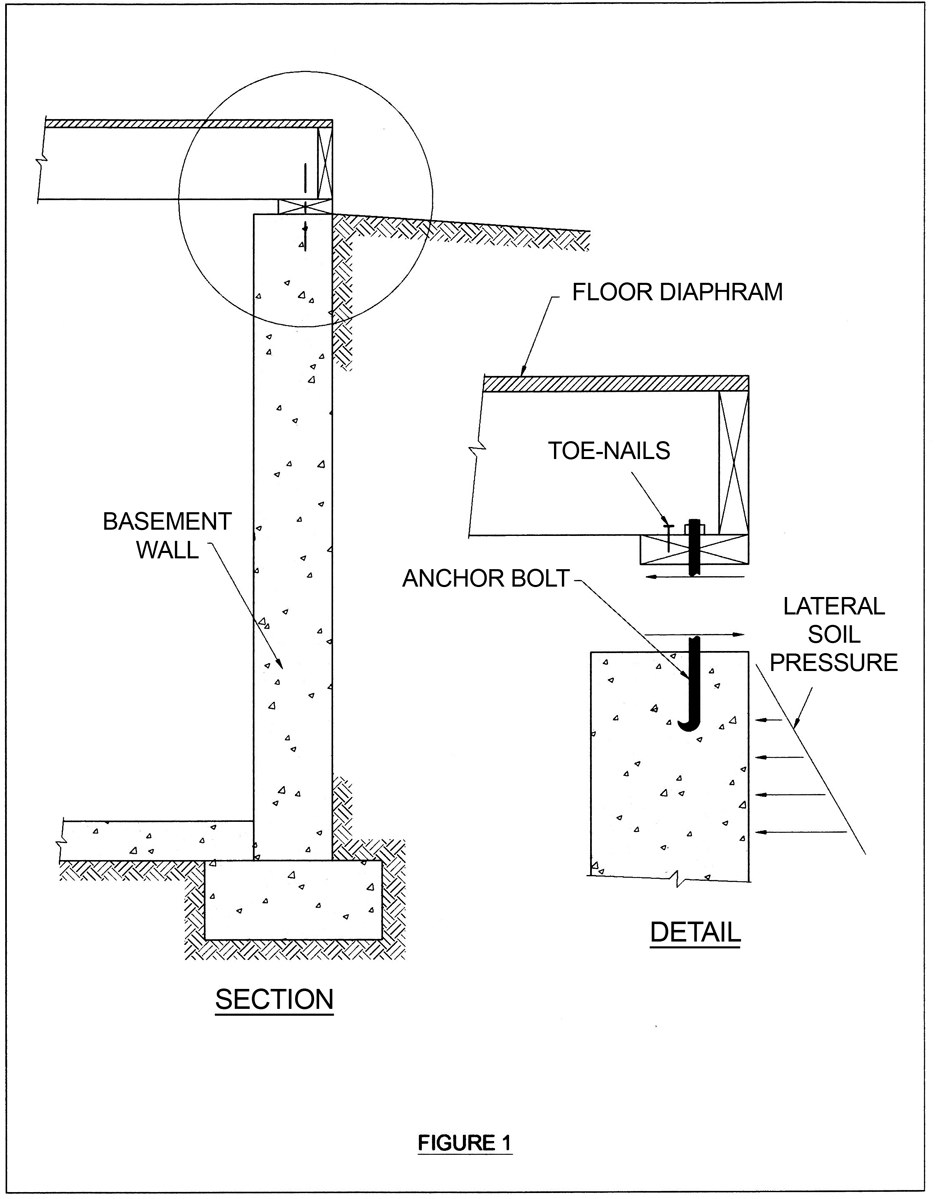To compute the full fluid pressure multiply the concrete height by the unit weight of the fresh concrete 150 pounds per cubic foot pcf for standard weight concrete as shown in example 1.
Psi pressure of concrete in 8 ft wall.
As soon as you go higher or have greater depths of soil pushing against the wall you need to increase the thickness to 10 inches.
Concrete mixes are designed to a specified compressive strength expressed as pounds per square inch psi.
Footings distribute loads to the supporting soil.
Enter dimensions in us units inches or feet or metric units centimeters or meters of your concrete structure to get the cubic yards value of the amount of concrete you will need to make this structure.
2 x2 tie pattern equal 4 sq.
Engineering required wall 10 0 high with 9 4 of backfill 10 inches.
Incorporating two 4 bars or larger increases the ability to span weak spots.
12 inches wall 9 0 high with 8 4 of backfill 10 inches.
Strength strength is most commonly measured by the designed compressive strength in pounds per square inch psi of a hardened cylinder of concrete.
Any slab exposed to freeze thaw conditions should be a minimum of 4 000 psi.
X 150 x 6 height of pour equals 3600.
With a minimum of 30cw kpa but in no case greater than.
Concrete has inherent compressive strength resistance to forces pushing on it.
This type of concrete can be used for sidewalks and residential driveways.
152 mm thick although many designers prefer footings to be as thick as the wall thickness and twice as wide as the wall thickness.
Concrete for household works such as driveways or floors is typically in the range of 1 800 psi to 4 000 psi for compressive strength.
Formula for wall form pressure.
1 2500 3000 psi most concrete has a psi rating of 2500 to 3000.
Poured concrete foundation walls that are less than 8 feet tall and have soil outside that is 6 or 7 feet deep against the wall can often be 8 inches thick and function quite well.
Per tie x 150 x height of pour pressure per tie.
Concrete pressure compounds with the height of the pour.
Calculate volumes for concrete slabs walls footers columns steps curbs and gutters.
Concrete lateral pressure for walls with placement rate smaller than 2 1 m h and placement height is no greater than 4 2 m.
Minimum wall thickness 2500 psi concrete wall 8 0 high with 7 4 of backfill 8 inches.
Concrete lateral pressure for walls with placement rate of greater than 2 1 m h and placement height exceeds 4 2 m and for all walls with placement rate of 2 1 to.
Psi is a measure of compressive strength or the ability of the material to carry loads and handle compression.
This is especially a problem for concrete that might be exposed to freezing and thawing conditions.
150 at 1 300 at 2 450 at 3 etc.




























